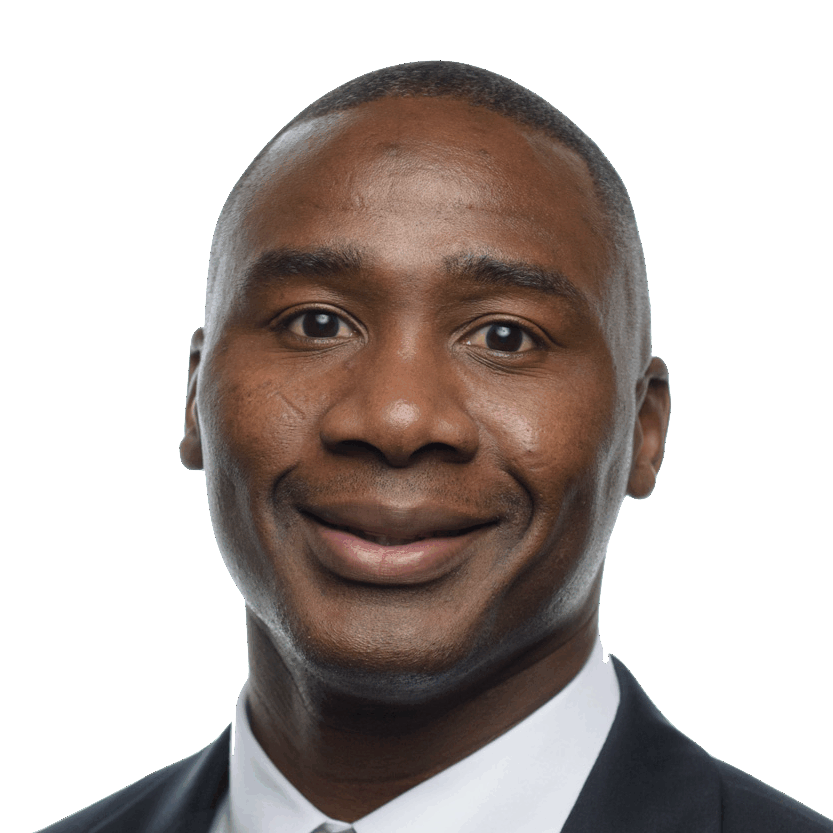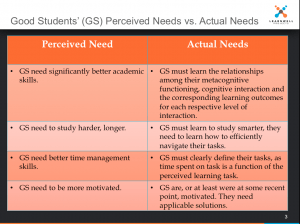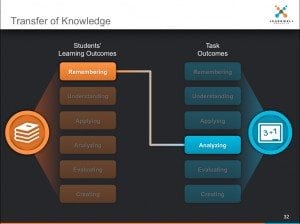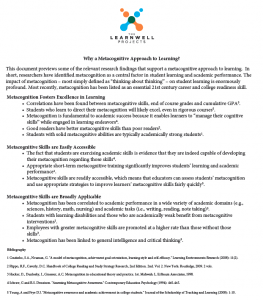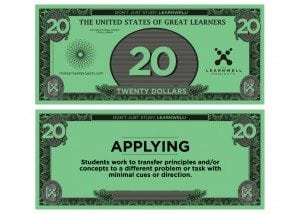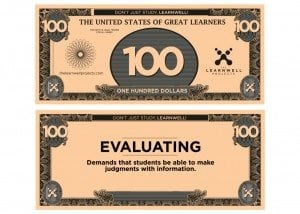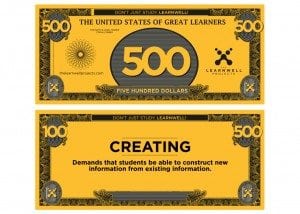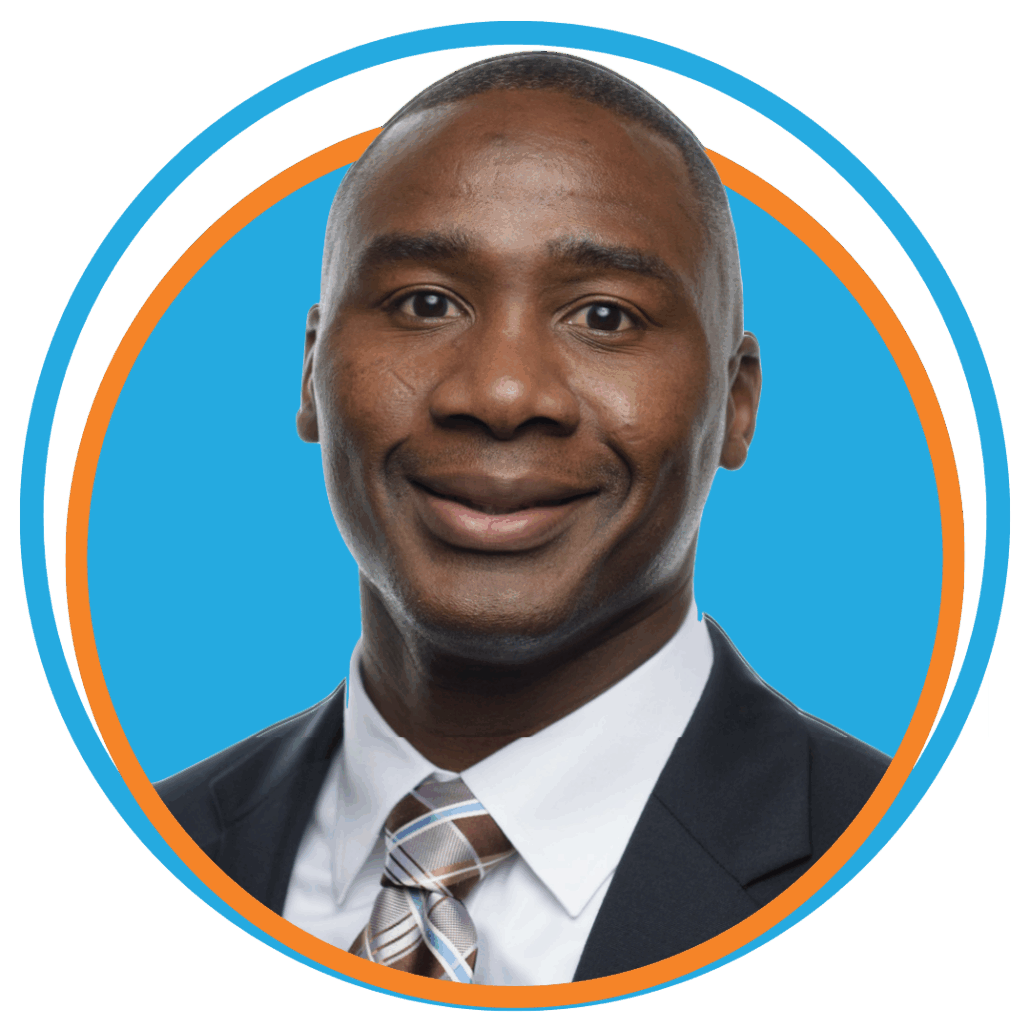[et_pb_section admin_label=”section”]
[et_pb_row admin_label=”row”]
[et_pb_column type=”4_4″][et_pb_text admin_label=”Text”]This post features notes from my recent pre-conference and workshop sessions at the Association of Colleges for Tutoring and Learning Assistance (ACTLA) and On Course conferences in sunny California! Thanks for the invitation and great reception!
Education is an enterprise in which students use their intellectual behaviors and cognitive skills to complete cognitive tasks. Their success depends upon how well they deploy these skills.
Types of Students
All educational institutions and most classrooms are made up of three types of students:
- Great Learners — The students who have little difficulty excelling in rigorous courses. These learners have few academic problems and are comfortable operating at very deep levels of interaction. Unfortunately, they comprise a minority of the student population.
- Academically Poor Students – The students who lack sufficient academic skills and/or motivation for learning. Many educators believe this population is much larger than its actual size. This visceral feeling stems from the fact that academically poor students drain educators and classrooms. They have a way of weighing down the room.
- Good Students – These are capable, serious-minded, hard-working students whose performance lags behind their capabilities and efforts. This population constitutes the overwhelming majority of students, yet they are
the most underserved population.
Use the following link to view a short video on The LearnWell Projects’ big picture strategy of leveraging good students to improve institution’s academic success and retention: https://thelearnwellprojects.com/pages/about-us/.
Profiling Good Students
Good students are capable and hardworking, but they are unable to manage their cognitive functions to achieve the required learning outcomes in rigorous courses.
Their experiences are often misinterpreted.
Transfer of Knowledge
Education is about transfer. Tests measure the degree to which the outcomes students attained while studying match those required by the task (e.g., paper, test, project, etc.). This is a question of transfer.
- There are two types of transfer: near and far.
- Near transfer is when the skills exhibited in the learning context are similar to those expected to be demonstrated in the transfer context. Far transfer is when these skills are farther apart.
- Research suggests that the farther the transfer, the less likely students will be able to successfully transfer their knowledge.
- Students tend to unknowingly and unintentionally create far transfer situations each time they study, because the intellectual skills they use while studying are much different from the ones they will need to demonstrate on their tasks. This common occurrence is one of the reasons why good students’ study efforts do not translate into success on tasks.
- The ThinkWell-LearnWell Diagram and Learning Sufficiency Diagram were created to help students convert their far transfer study experiences into near transfer experiences. This is accomplished by helping students ensure that the ways in which they interact with material while studying is in sync with how they will need to interact on their tasks. This type of alignment produces efficient studying and significantly improves performance.
Why are students bringing academic approaches, skills, etc. that don’t work in college? Their skills are lost in transition from high school to college.
The off-ramp from success in high school does not lead directly to the on-ramp to success in college. Significant and important structural differences exist between high school and college. These structural distinctions, as vast as they are, are small compared to the experiential differences. (I cover these in depth in Professors Are From Mars; Students Are from Venus: Learning Takes Place on Earth.)
Students develop their learning perspective, particularly abstract learning, during high school. Additionally, they solidify their study strategies in high school. These strategies work for them quite well in this environment but do not transfer so neatly to the college.
The reason is not because high school teachers are terrible, as many have wrongly concluded. The problem is one of institutional design. (Stay tuned for this short article next week.)
Approaches to Learning
Learning approaches are paradigms through which students view learning environments. They involve students’ conceptions about what constitutes learning in themselves and others. Each student’s learning is housed within an approach. All academic tasks, roles and responsibilities are viewed through this lens.
- Research suggests that there are two primary approaches: surface and deep.
- The approach that students operate within largely dictates how they interact in learning environments and ultimately what they learn.
- Students tend to enter college operating within a surface approach, which produces shallow thinking and learning through memorization alone.
- The goal is to move students to deep approaches, which lead to complex thinking and deep learning.
The 80/20 Rule
The 80/20 Rule is a simple, effective way of communicating the differences in approaches between high school and college.
The 80/20 Rule is a way of illustrating how successful high school students must change their approach to learning in college.
- The teacher controls 80% of the learning in high school. This comes in the form of class discussions, worksheets, homework, going over homework, pop-quizzes, study guides, etc.
- The 20% consists of what students do on their own outside of class.
In college, students operate on the reverse, the 20/80 Rule, which means that the professor supplies students with 20% of the information. Students must generate the other 80% on their own.
- The 20% the professor provides is important, but students must know that it is only 20%
- This is important because it means that if students know everything that their professors say in class, offer on PowerPoint presentations, and include in their study guides, then students have only 20% of the information they will need to excel on the exams.
Good Students Respond Best to Metacognitive Solutions
Good students’ struggles occur at the metacognitive level. These learners actually are capable students, and they spend sufficient time studying, given their understanding of the task at hand. Studies conclude, however, that their efforts won’t generate above-average grades. Good students usually make Cs in rigorous courses. Research further suggests that with the proper intervention, good students can rather quickly emerge as great learners.
What Good Students Need to Succeed
The great news is that good students can go farther, faster with the appropriate metacognitive intervention! The original Transforming Good Students into Great Learners experience is a 4-hour program (four 1 hour sessions over four weeks). However, many school have adopted it to fit their schedule and timeline.
Click here for a teaser before-and-after video.
Metacognition has been cited as a key factor in student performance.
- Metacognition is not the act of studying or thinking; rather, it creates the conditions for how one will interact with the material they are studying.
- It determines how well one will study.
- The single goal when helping good students is to increase their metacognitive awareness and to assist them in effectively aligning their metacognitive and cognitive functioning to task outcomes.
ThinkWell-LearnWell Diagram
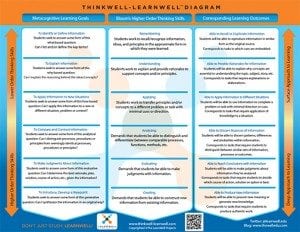
Using the ThinkWell-LearnWell Diagram, educators can helps students align their metacognitive functioning and cognitive interaction with corresponding learning outcomes for each respective level of interaction. The diagram is a centerpiece of The LearnWell Projects’ approach.
- The diagram changes the direction of students’ thinking from shallow, one-dimensional interaction to deep, multi-dimensional interaction.
- The result is improved thinking, writing and performance across domains.
Learning Sufficiency Diagram
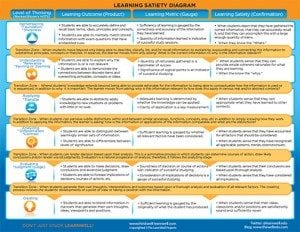
Studying is a goal-driven activity. Where there are goals, there also are metrics. The Learning Sufficiency Diagram is a metacognitive tool that helps uncover the embedded metrics that students use to guide and gauge their learning. The diagram includes transitions zones that students can use to assess whether their thinking has changed to different levels.
Outcome Variation Knowledge Development System
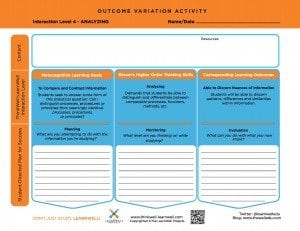
Students are adept at reaching the same outcomes with different content. However, they are not so skilled at reaching different outcomes with the same content. This is the most valuable skill that educators want from their students, but they don’t know how to make it happen!
How can instructors help students develop this skill?
Research clearly shows that high performing students more accurately evaluate their knowledge. Educators can use the Outcome Variation Knowledge Development System inside or outside of class to instill a framework for deep thinking and learning within students. This exercise makes the abstract metacognitive process of planning, monitoring and evaluating explicit and concrete.
Outcome Valuation
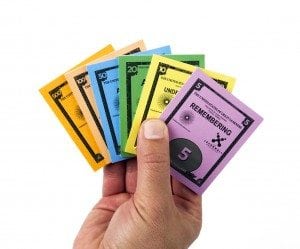
Once students have developed a mental framework for deep thinking, we can have fun reinforcing their new intellectual abilities. Recent neuroeconomics studies show that the brain codes value when selecting intellectual behaviors. The Outcome Valuation Kit is used to associate values to each level of thinking as students interact with content. Educators can use the monetary valuation system to draw out higher order thinking skills within students.
Remember to help students connect the academic thinking skill with non-academic thinking. Whenever I work with students, I always have them apply The LearnWell Projects’ approach to non-academic areas in addition to academic areas. The reason for this is that skill transfer is a much more attractive proposition than skill acquisition. Students who see the skills needed in academics operating in other areas of their lives are more motivated to work them into their academic studies.
These items can be obtained at: https://thelearnwellprojects.com/store/.
Recall, the example below of James:
James was part of a group of high school students I met with in western North Carolina during the month of October. The first paragraph below is his report on what has changed in his thinking since we began working together. The second paragraph is his report on his application to a non-academic area of his life.
Application to AP Spanish course
Question: How are you studying/learning differently since applying The LearnWell Projects’ approach?
At first I was just looking at the verbs and trying to memorize each individual verb conjugation. I did this all last year, and I ended up making a D in the class. So this year, with the advice from the LearnWell Projects, I have stopped focusing on the individual verbs, and I focus on the actual grammatical concept. And, I took it all the way to the deepest part of the diagram! I was able to take the concept of verb conjugation and take unconjugated verbs that I didn’t really study and automatically create new conjugations. By being able to create my own conjugations, I have a solid understanding of the concept as a whole. I am now making As in the class.
Application to non-academic area
Question: Have you seen any spillover from your changes in thinking/learning in other areas of your life?
During the evening this Friday a played some call of duty online (a popular wartime video game). I was able to raise my kill-to-death ratio by 3 points in one night because I actually stopped to think about my next (and my opponent’s) move. I didn’t just remember where he killed me from, but I thought about why he chose that place to hide. By analyzing that, I was able to (accurately) predict where he would hide for the rest of the match because he liked hiding in similar places to his first spot.
James (and his peers) experienced precisely what I anticipated. As the students developed their analytical skills, they detected patterns within information; they more easily distinguished salient material from less relevant content; and they ultimately made better evaluative decisions.
Just think, each time James plays video games, he will be deliberately exercising his thinking skills. When his friends ask him how he got so good at his games, he will pull out his LearnWell Projects supplies and pay it forward.
Other Links:
Share your thoughts below.[/et_pb_text][/et_pb_column]
[/et_pb_row]
[/et_pb_section]
